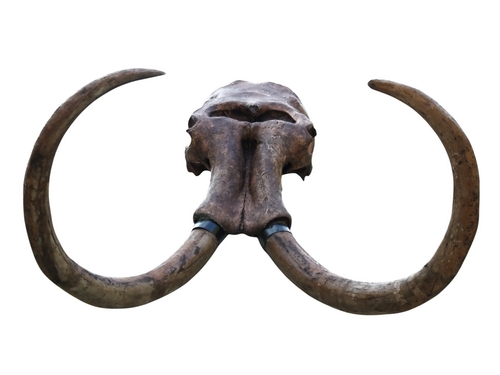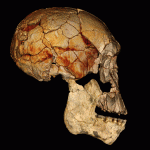Researchers form the University of York and the University of Manchester, UK, have extracted protein from the bones of a 600,000 year-old mammoth.
Discovered in Norfolk in the 1990s, the 85-per-cent-complete skeleton of a Steppe Mammoth (West Runton Elephant) is preserved by Norfolk Museums and Archaeology Services in Norwich. The skeleton has collagen, one of the most abundant proteins in vertebrates.
The researchers believe that protein lasts in a useful form ten times as longer as DNA. Collagen sequencing can be useful to analyse and identify species represented by scraps of bone. As quoted on the press release: “We believe protein lasts in a useful form ten times as long as DNA which is normally only useful in discoveries of up to 100,000 years old in Northern Europe. The implications are that we can use collagen sequencing to look at very old extinct animals. It also means we can look through old sites and identify the remains from tiny fragments of bone,” said bio-archaeologist Matthew Collins, from the University of York’s Department of Archaeology.
Arguably the oldest protein ever sequenced, the collagen of the West Runton Elephant was carried out at the Centre for Excellence in Mass Spectometry at the University of York. Once the sequencing was completed, the researchers compared and contrasted it with other mammoths, mastodons and modern elephants. The West Runton Elephant was identified as an elephantid, and, according to the study published in the journal Geochimica at Cosmochima Acta, there was a fair amount of sequence variation to discriminate elephantid and mammutid collagen.
Nigel Larkin, co-author and Research Associate with Norfolk Museums and Archaeology Service, said on the press release: “This research has important implications for bones and bone fragments in all archaeological and palaeontological collections is museums and archaeology units around the world”¦”







